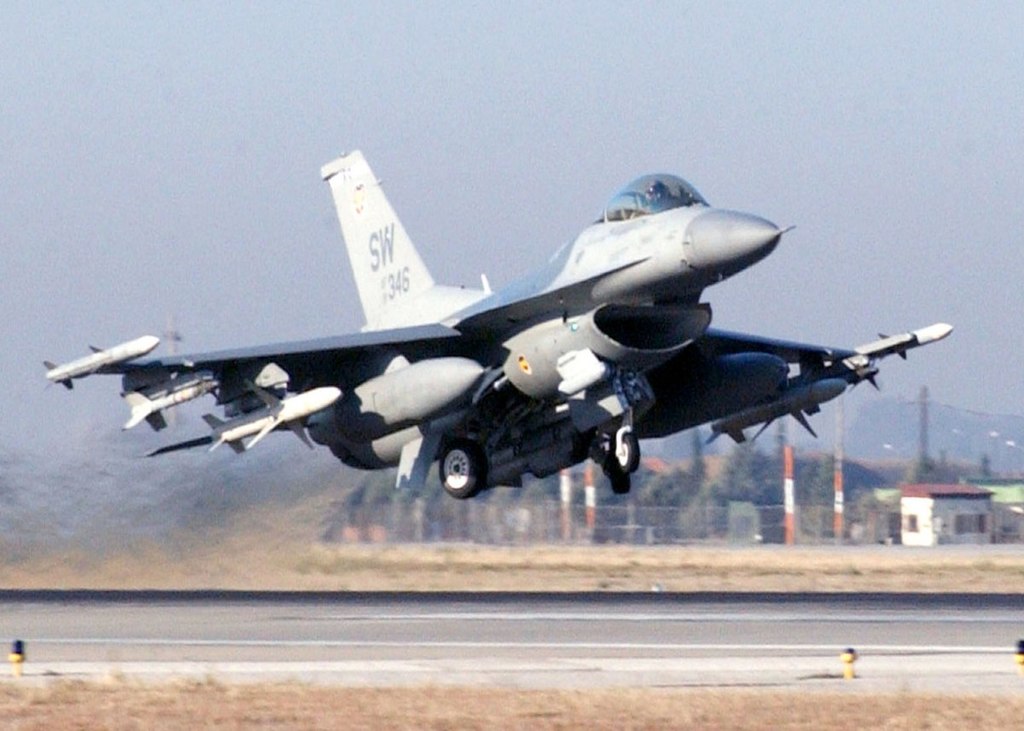As it is, only 49 per cent of Australians recently surveyed said they were confident in Abbott doing a good job in representing Australia to the international community. Being seen as a coward and a weakling diminishes the PM's ability to exploit the national security issue, particularly when Labor's strategy of sticking closely to the Government on the issue has seen the Opposition successfully minimise any point of differentiation and therefore electoral advantage to be gained.
Only now are the political negatives from Tony Abbott's threat to Vladimir Putin blindingly obvious, and "shirking the shirtfront" as one television newsreader put it, is only part of the problem.
Article
Credit
must go to a good friend of mine for the title of this article as it
encapsulates how the Australian Prime Minster Tony Abbot fared so
poorly at the recent 2014 G20 Summit in Brisbane.
Abbott's opening
address to the G20 Leaders Retreat was
rambling in nature and failed to condemn Vladimir
Putin
for
the downing of flight MH17 or mention global economic issues which
are at the heart of the G-20.
Countless
broken election promises and a failure to provide a clear path to
returning the federal budget back into surplus has in my view placed
the Liberal government re-election chances resting on Abbott being
seen as the “Man of Steel” John Howard's “Man of Steel” image
that steamed from committing Australian troops to the war in Iraq and
his close friendship with George Bush. Tony Abbott's “Man of Steel”
image has steamed events in the Ukraine and the Middle East.
In the
middle east the rise of the fanatical and brutal Isis in Iraq and
Syria has galvanised public opinion against the Al Qaeda franchise.
The downing of flight MH17 by Russian backed separatists in the
Ukraine killed a number of Australians. Abbott initially meet the
expectations of a grieving and out raged nation.
A lot of
domestic media and local political attention was generated when Abbot
first made the comment that he was going to shirt front Putin at the
G20 summit. Members of the media failed to understand or ignored how
the comment was aimed squarely building his “Man of Steel” image
with voters. Heck the comment would have been worth say two to three
percentage points in the polls had Abbott made a good showing at the
G20.
For the
reasons I have described Abbot's government has a firm mandate to
take a strong stand against Putin's regime. By failing to use his
opening speech to condemn Russia's role in the conflict in the
Ukraine and in downing flight MH-17 to both the global community and
the Australian electorate Abbott shirt fronted himself.
So why
did Abbott shirt front himself at the G20 and in the process losing
political ground international events beyond his control gave him and
the rightful moral stand he had taken? Did his advisers have a quiet
word in his ear telling him not to make a speech that might be seen
as the not the done thing?
Abbott's
handicap is that as a career politician he has no military service ,
little or no private sector experience or other talents to call upon
when making political and policy decisions. Abbott gives every
indicator as being out of his depth in line with how I would expect
most career politician's to fare as Prime Minster. Another leader
with more “real world” experience behind them might have ignored
any advice to the contrary and asserted the political and moral
mandates the turn of international events granted them.
